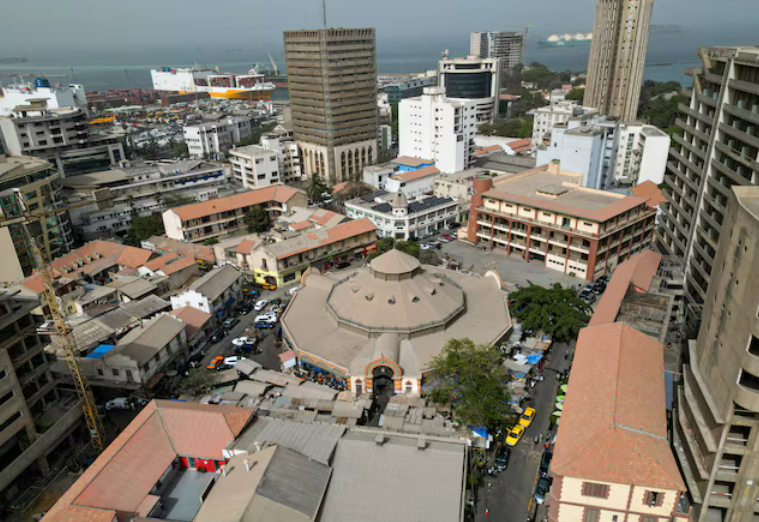Gambiaj.com – (Banjul, The Gambia) – Just over a month after publicly assuring Gambians that the price of bread would remain unchanged, the government has reversed course, announcing an official increase in the cost of both Senfur and Tapalapa bread loaves.
The shift, effective July 1, raises the price from D10 to D12 per loaf—marking a significant policy U-turn that reflects deeper economic tensions in the country’s staple food market.
In a press release issued Wednesday, the Ministry of Trade, Industry, Regional Integration, and Employment (MOTIE) revealed that following fresh negotiations with the Gambia Bakers’ Union (GBU), the Gambia Competition and Consumer Protection Commission (GCCPC), and the Consumer Consortium, the government has approved the new price structure.
This decision comes after additional data review and protracted meetings on May 27 and 28 that examined the weight, price, and quality of bread in light of producer and consumer concerns.
The agreement will see an increase in both price and loaf size.
Senfur will rise from 133g to 160g, priced at D12. In the same vein, Tapalapa will rise from 165g to 190g, also priced at D12.
The Ministry emphasized that bakeries may still sell smaller loaves at D10 per unit or D120 per dozen, though how widely this option will be adopted remains unclear.
What Changed, and What Does it Mean for Gambians?
The government’s decision in May to halt the price increase was based on a cost analysis conducted by a special task force, which concluded there was no empirical justification for the proposed D15 price point at the time.
That conclusion appeared to reassure the public, many of whom are struggling under the weight of rising living costs.
However, the latest developments suggest that while the previous proposed increase may have been excessive, the pressure on bakeries—due to inflationary input costs such as flour, fuel, and labor—could no longer be ignored.
The government’s emphasis on increased loaf weights appears designed to justify the new prices, presenting the change not purely as a price hike but as a value-adjusted compromise between producers and consumers.
The shift from a hard “no” to a negotiated “yes” also reflects the limits of state intervention in a liberalized market under inflationary strain.
The ministry’s tone in the latest release, notably more conciliatory, highlights the balancing act it faces between affordability for consumers and sustainability for bakeries.
For ordinary Gambians, the increase—though numerically small—comes at a time of mounting pressure on household budgets. Bread is not only a staple in homes but also a key input for small food vendors and informal sector workers.
The D2 rise per loaf will inevitably trickle into the prices of sandwiches, local breakfasts, and school meals.
While the government insists consumers will still have access to D10 bread options at the bakeries, this promise raises practical questions.
Will bakeries produce both weights in sufficient quantities? Will consumers be forced to walk longer distances or queue for the cheaper option? These logistical and access challenges could exacerbate existing food insecurity issues.
Moreover, the government’s pledge to enforce compliance through the Legal Metrology Department signals a growing regulatory approach in the bread sector, but it remains to be seen whether enforcement will be even-handed and effective nationwide.
The Gambia Bowing to Broader Economic Context
This bread price revision may be symptomatic of broader macroeconomic challenges. With import-dependent supply chains and the dalasi facing volatility, essential commodities such as flour and fuel have become more expensive, straining both consumers and producers.
In this context, the bread price shift underscores the fragility of The Gambia’s food economy and the narrow policy space available to the government.
The episode also exposes potential communication missteps. The May assurance that bread prices would remain at D10 now appears premature, potentially damaging public trust in future government pledges on price stability.
The government’s backpedal on bread prices reveals the complex interplay between economics and politics in a country where bread remains more than just food—it is a symbol of daily survival.
As Gambians prepare to pay more for their daily loaf starting in July, the key question is whether this price is, as the government claims, a fair reflection of current realities—or the beginning of further consumer burdens in an inflationary climate.










